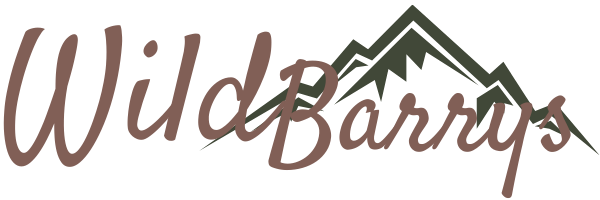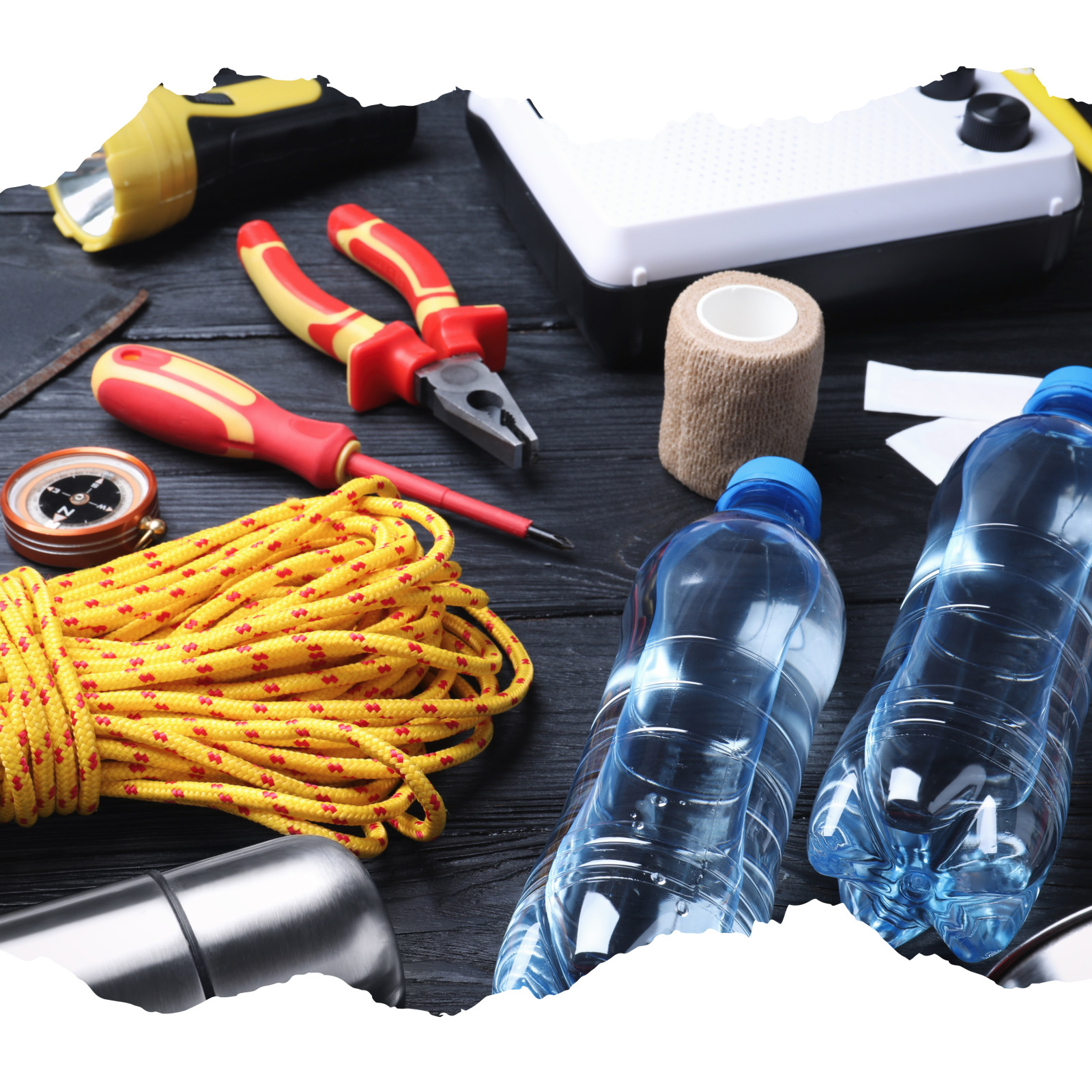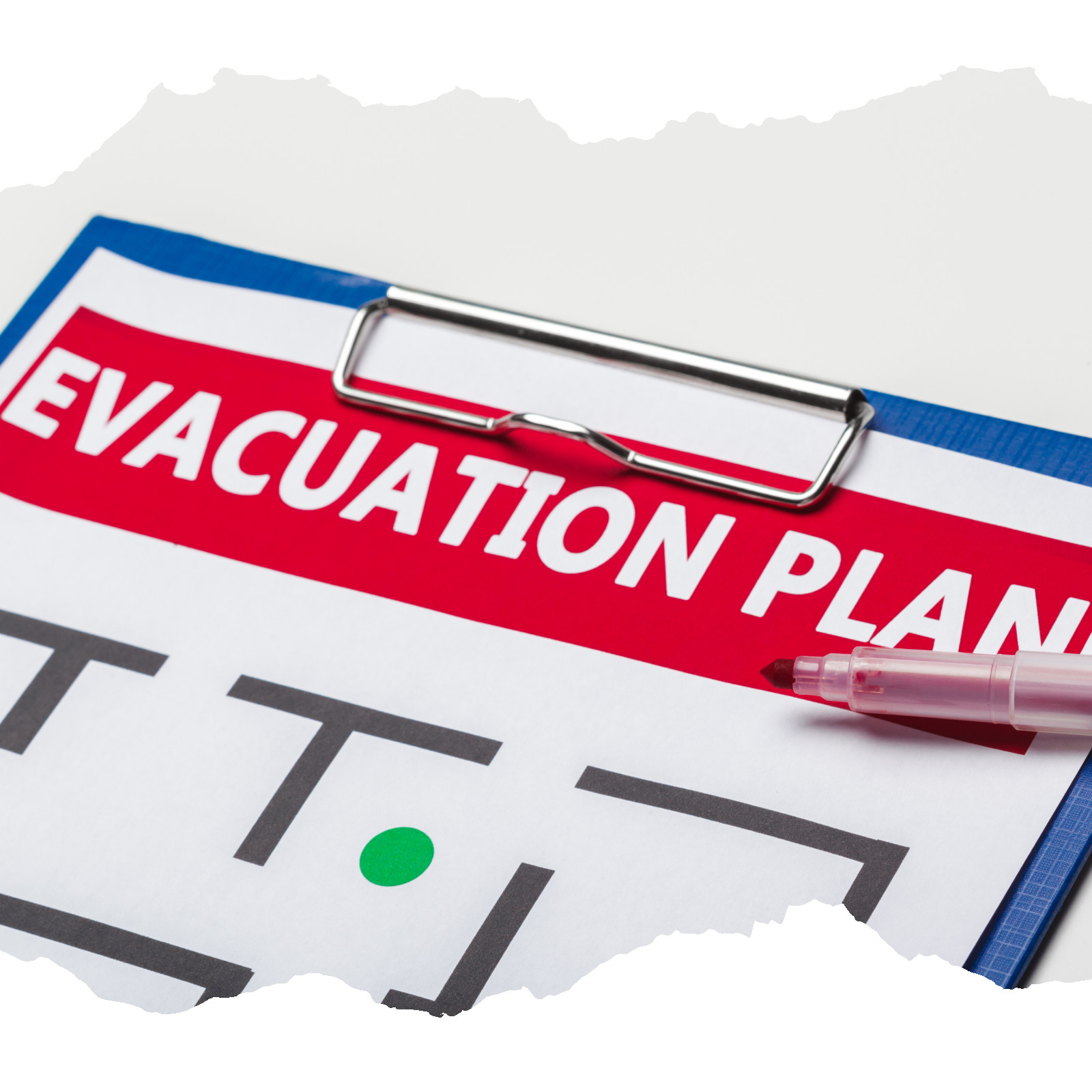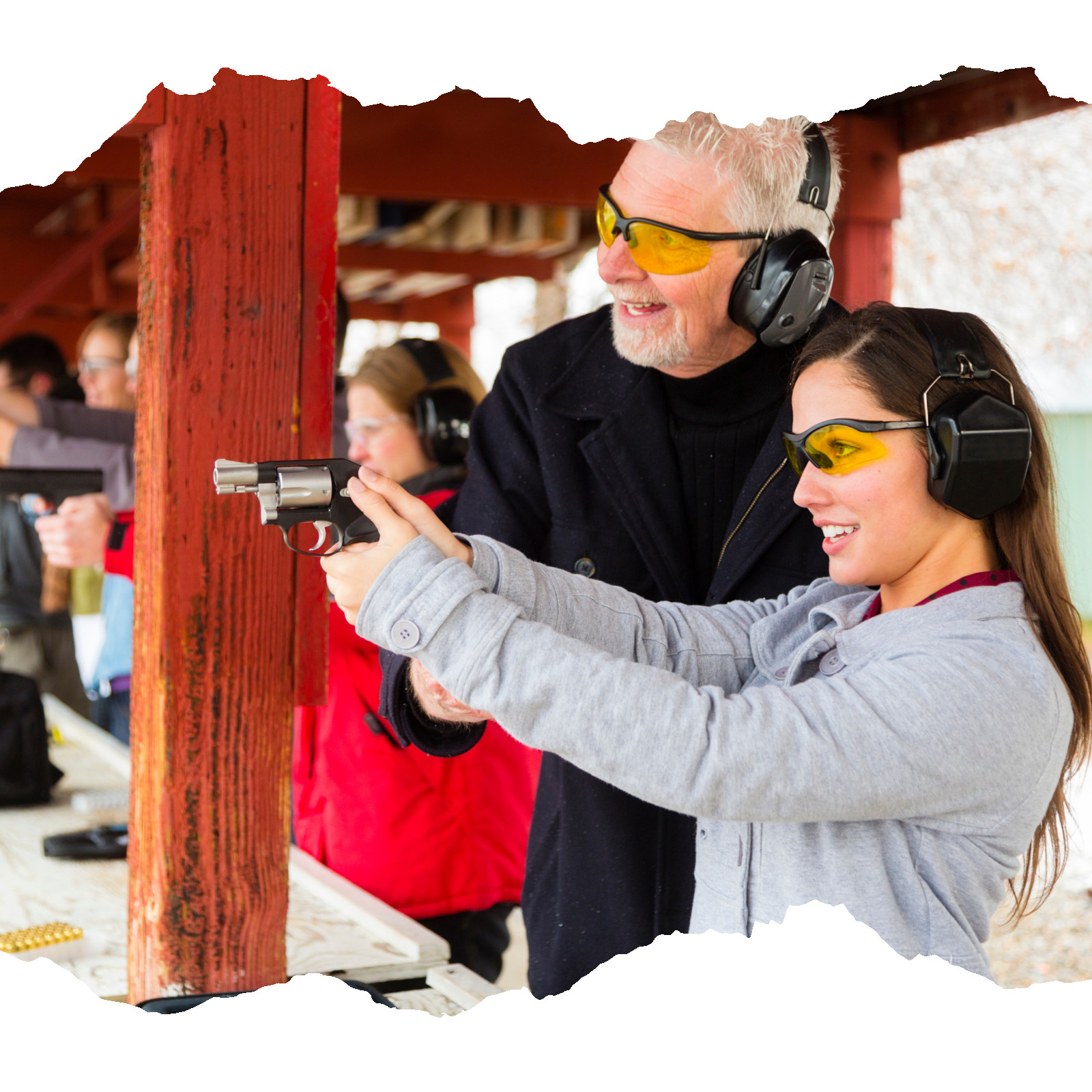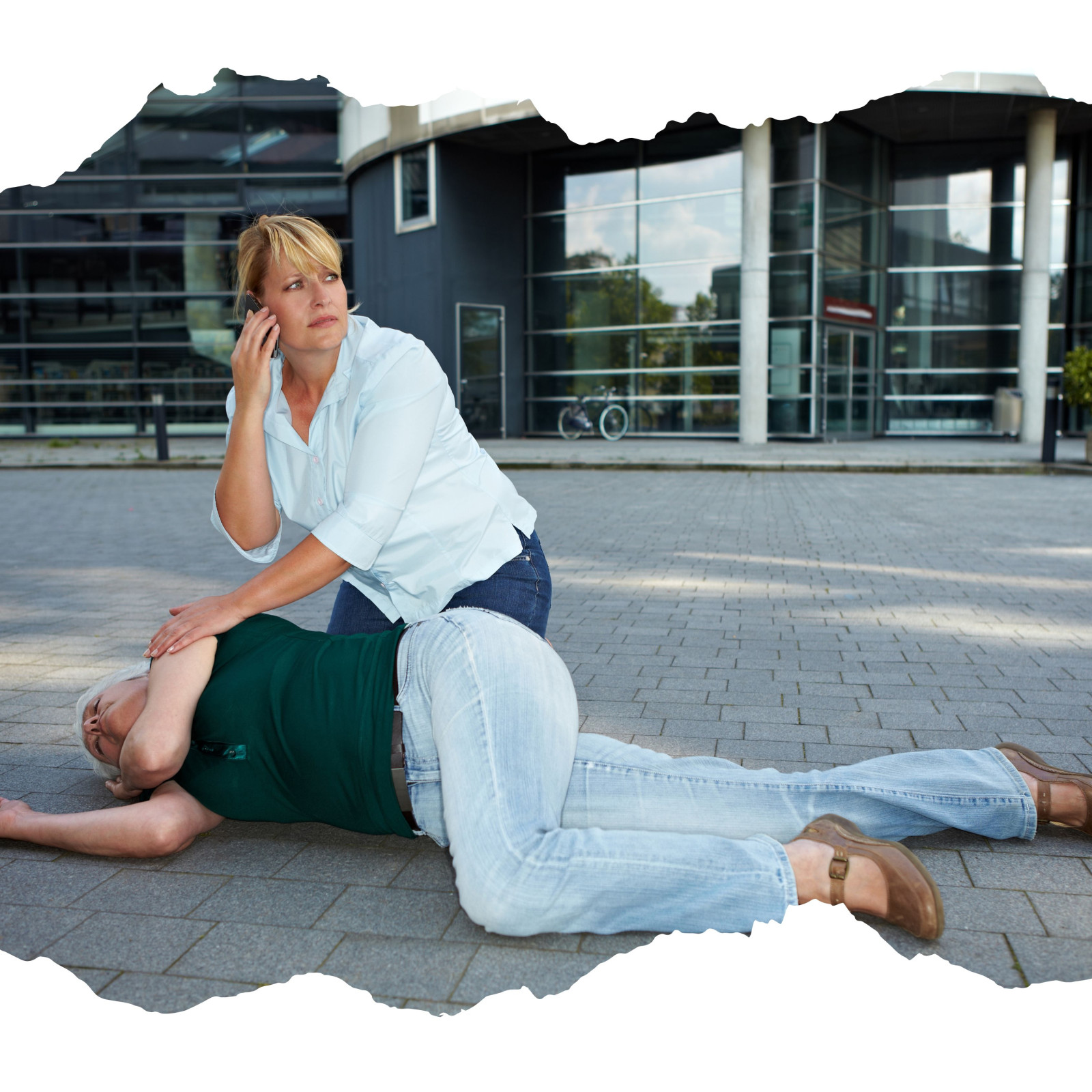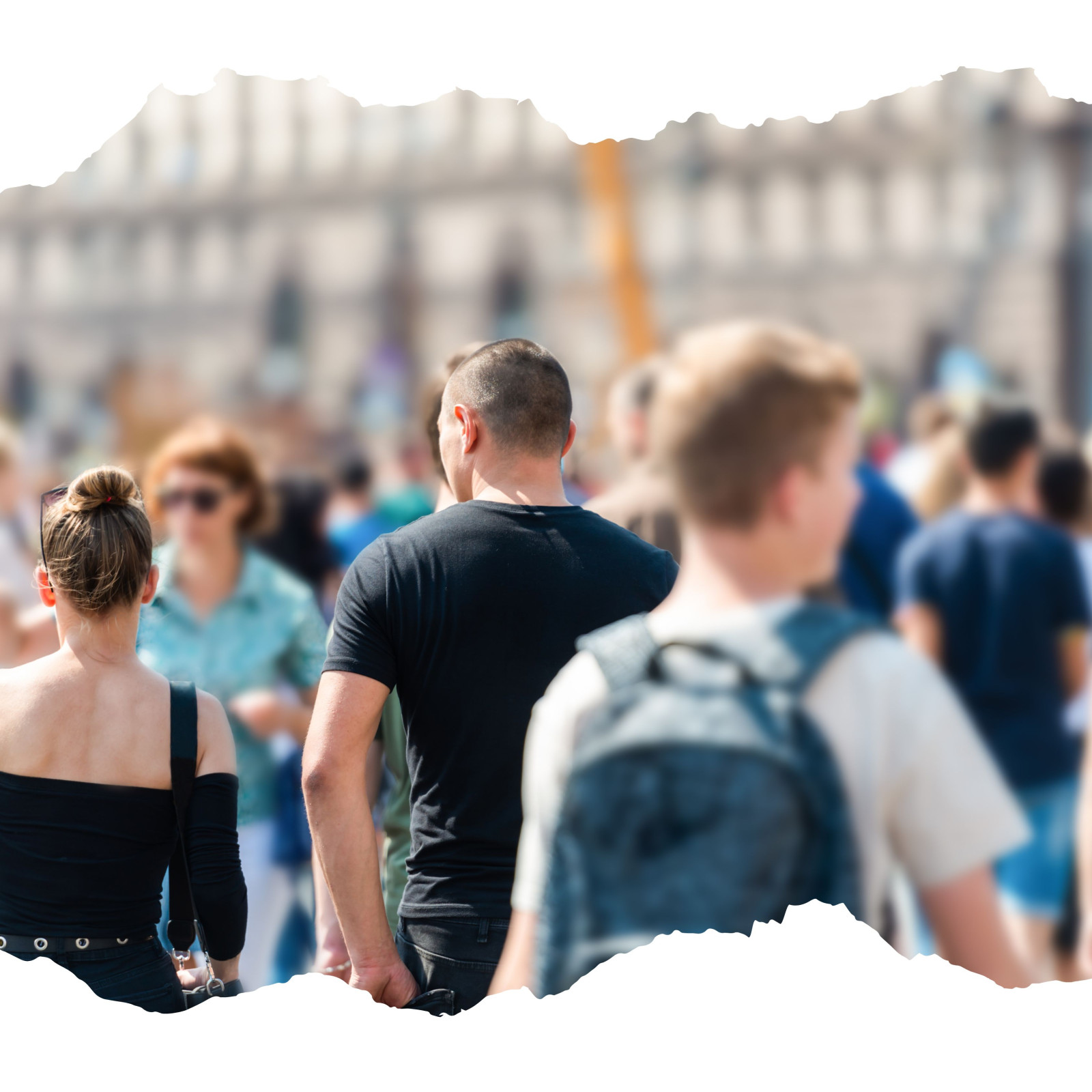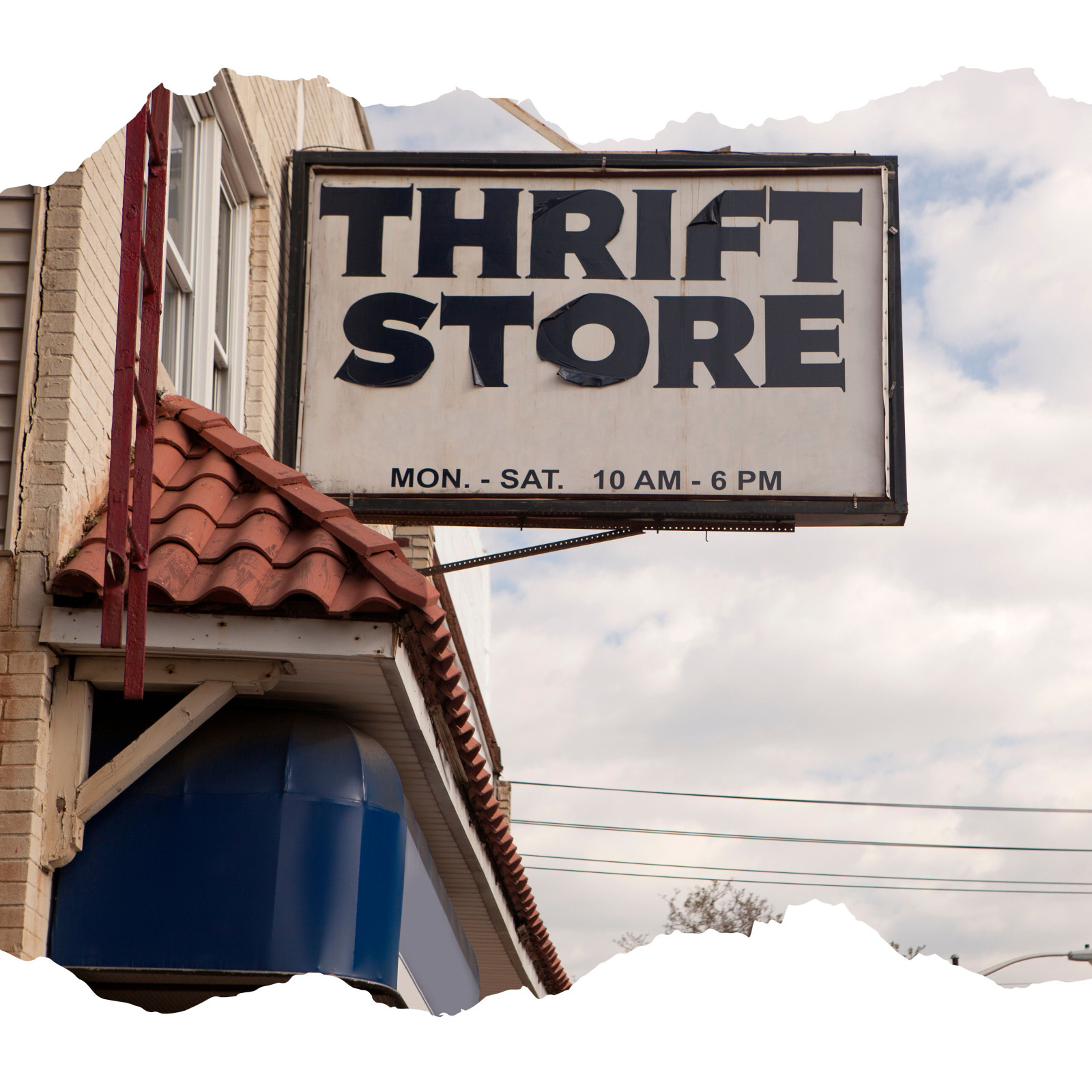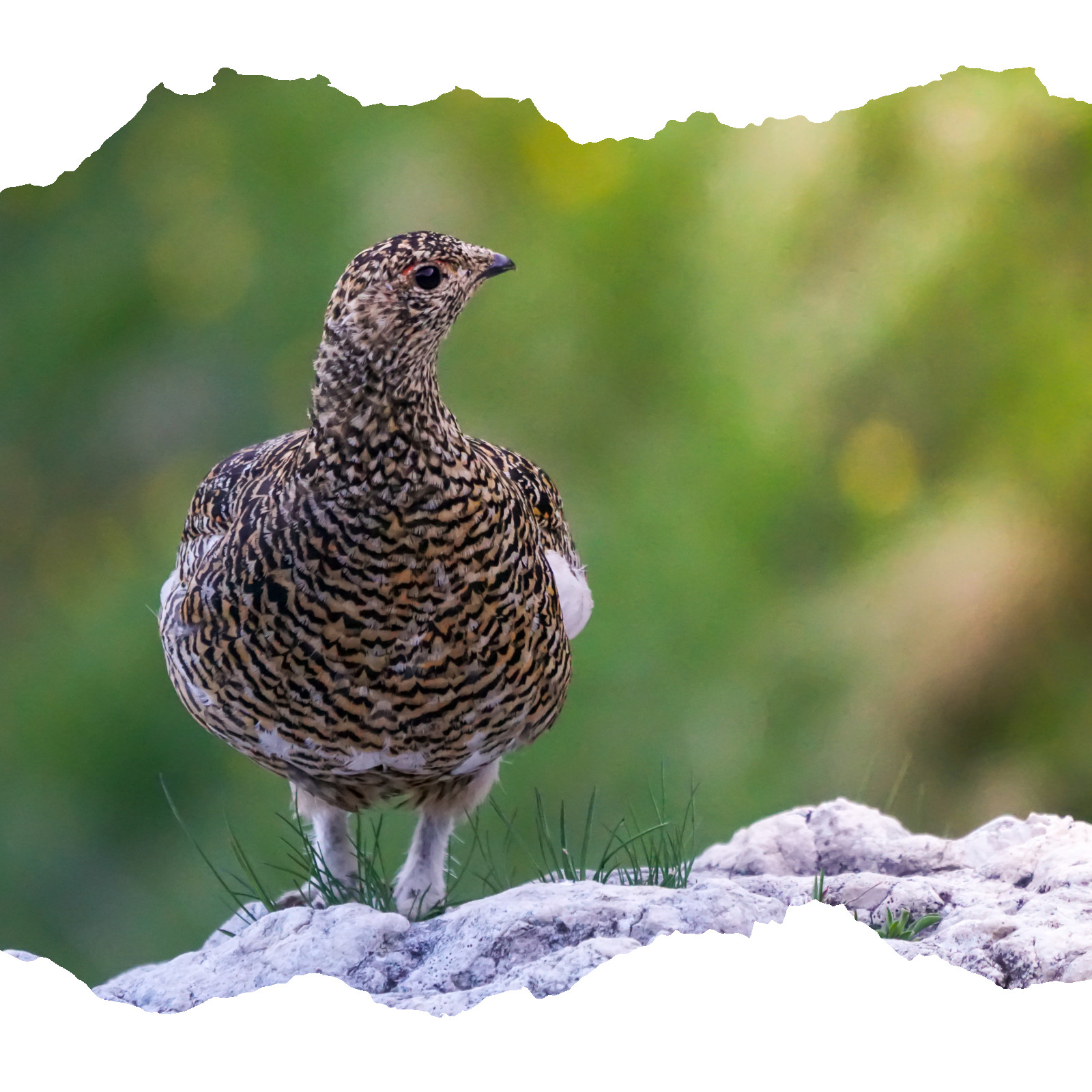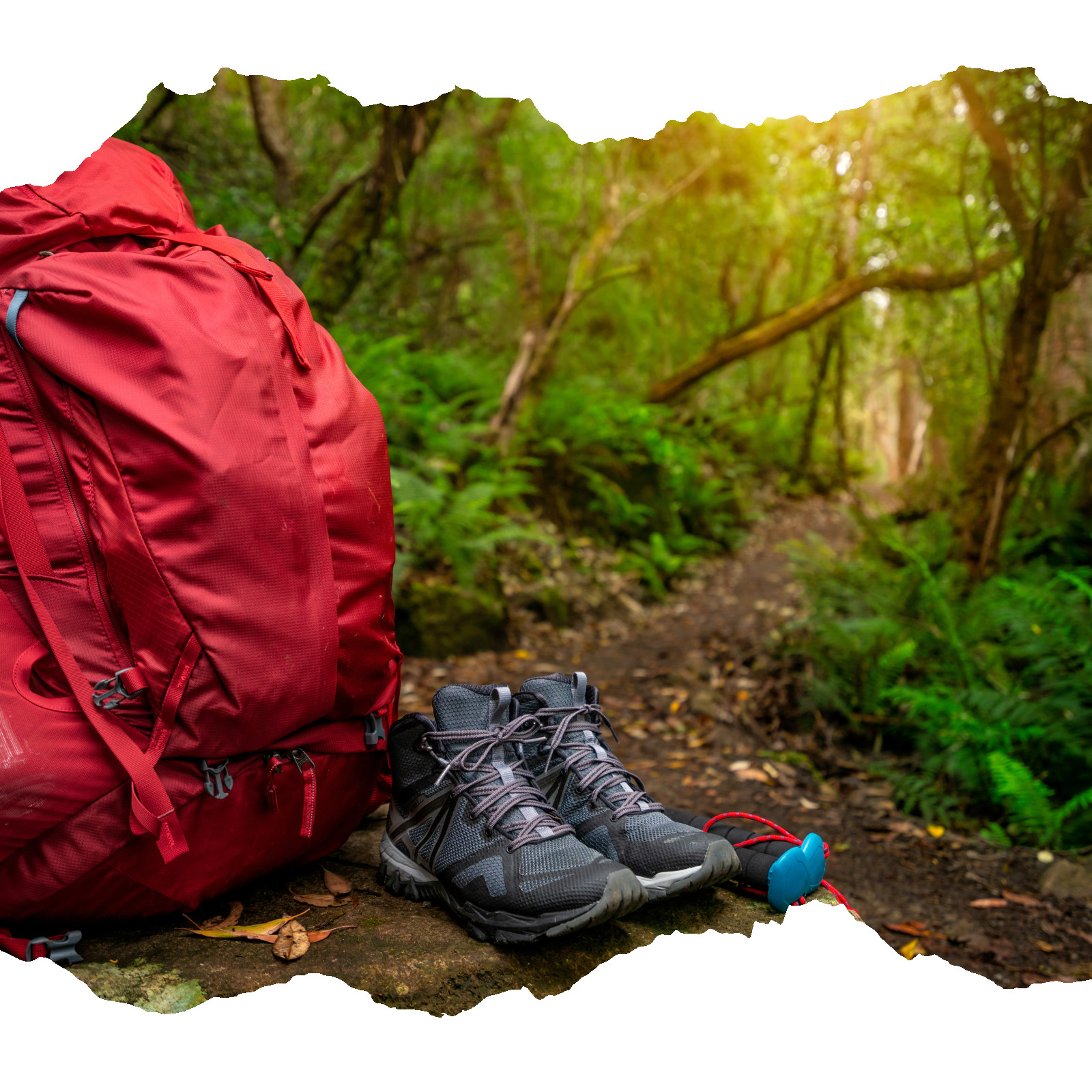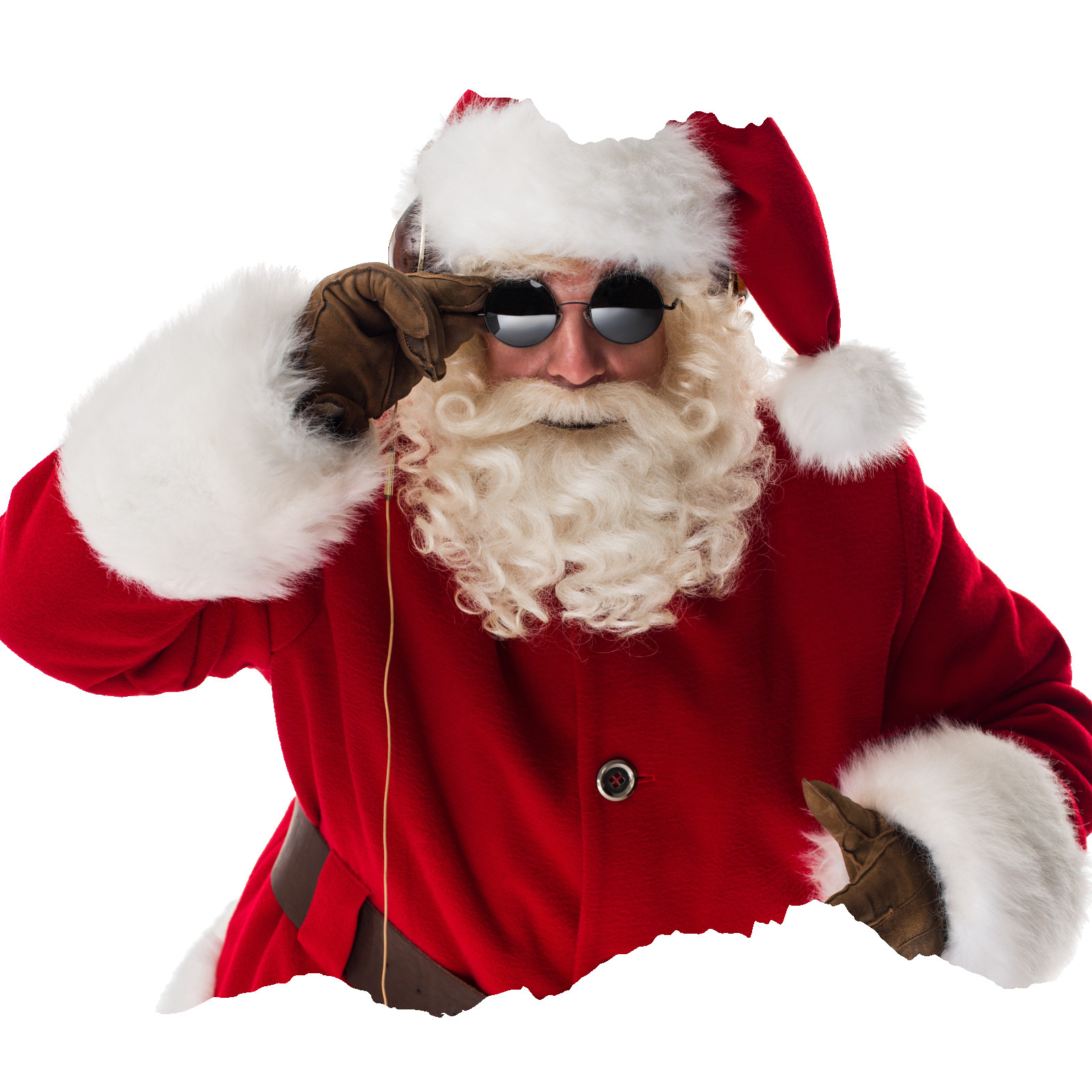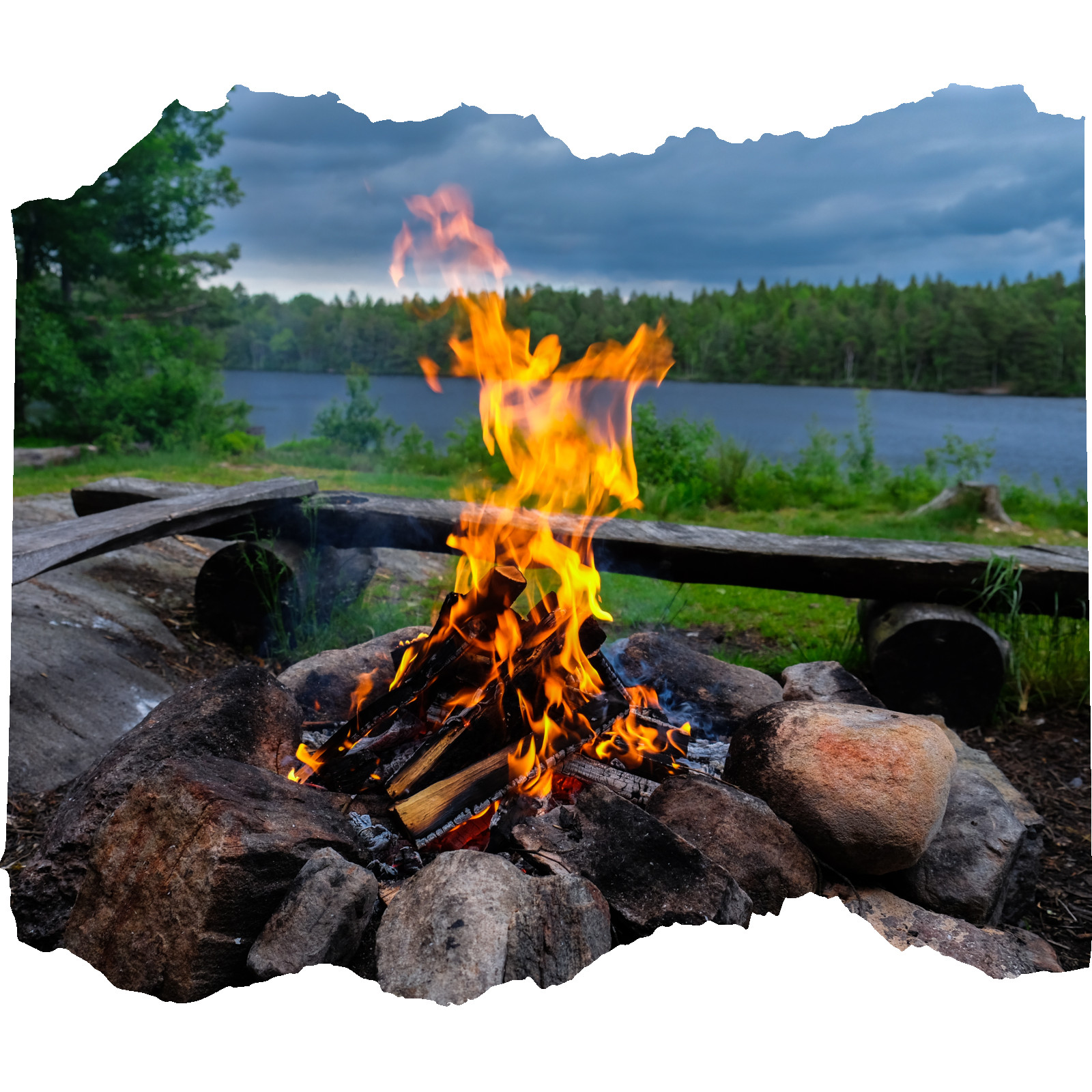
1. Harness the Power of Friction
2. Flint & Steel Magic
3. Modern Ferro Rod & Magnesium Starters
4. Solar-Powered Magnifying Lens
5. DIY Storm Matches
6. Reliable Butane Lighter
7. Economical Fire Extenders
Join the Bushcraft Brotherhood

Rediscovering Cardinal Directions
Sun as a Reliable Guide
Stay Aware of Your Surroundings
Analog Watches as Navigation Tools
Utilizing Natural and Manmade Aids
Conclusion
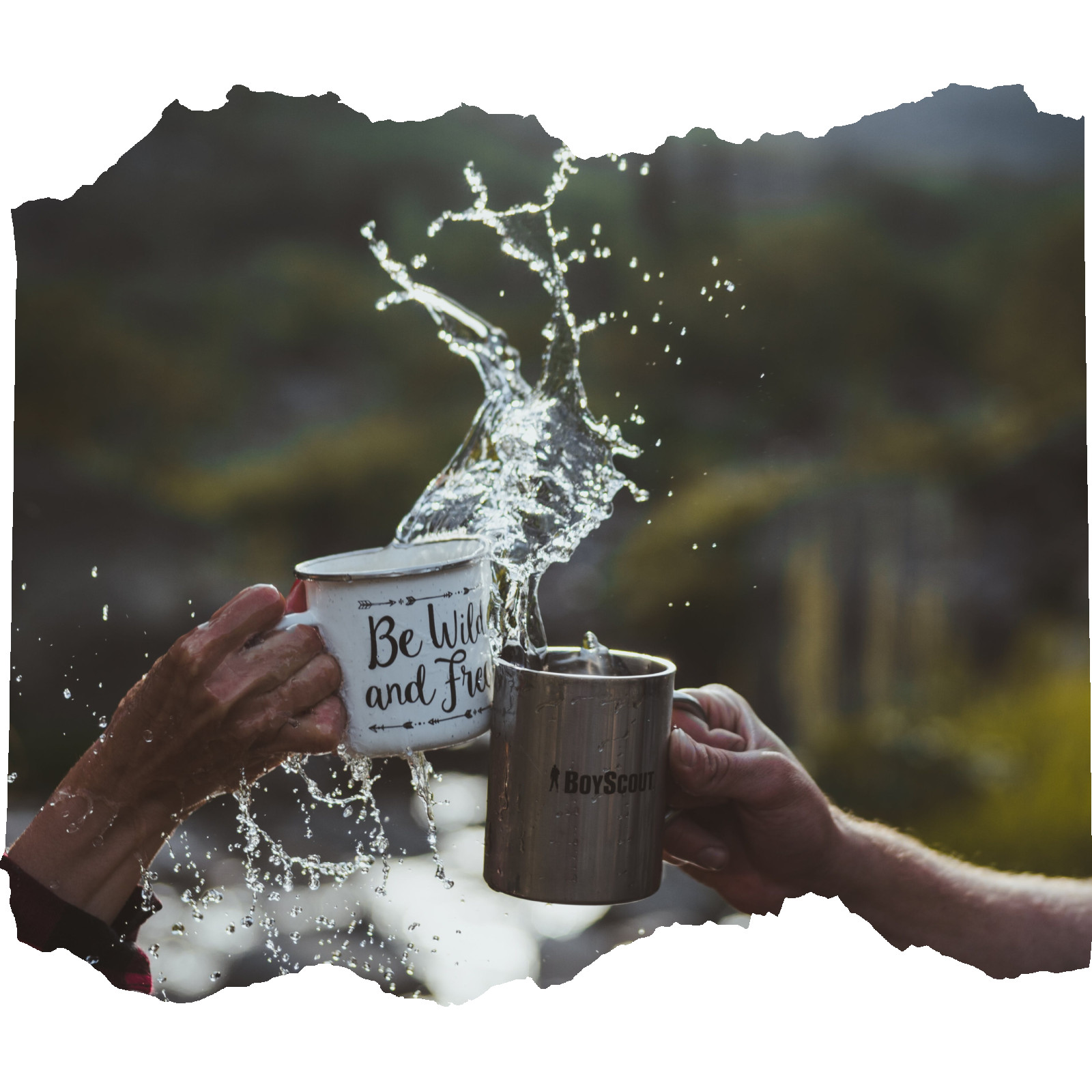
Discover Three Essential Ways to Safely Quench Your Thirst: The Water Purification Guide
Boiling: The Old Master's Test
The Science Behind It
Pros and Cons
Pros:
- Inexpensive: You only need a heat source, a pot, and patience.
- Effective: It's a virtually foolproof way to purify water.
Cons:
- Time-Consuming: Requires waiting for water to boil then cooling down to drinkable temperatures.
- Resource-Intensive: It demands a constant heat source that may not always be available.
Filtration: Nature's Best Engineer
The Science Behind It
Pros and Cons
Pros:
- Convenient: Portable filters can be used on-the-go.
- Reliable: Many filters meet rigorous NSF International standards for water safety.
Cons:
- Maintenance: Filters require regular cleaning and replacement to remain effective.
- Selective: Some filters, like UV filters, may not remove certain types of contaminants.
Chemical Treatment: The Portable Purifier
The Science Behind It
Pros and Cons
Pros:
- Compact: Treatments come in small, lightweight packaging.
- Rapid: Purification can sometimes be achieved in 30 minutes.
Cons:
- Taste: Iodine treatments, in particular, can leave an undesirable flavor.
- Resistance: Over time, some pathogens can develop a tolerance to certain chemicals.
The Best Method? It Depends
Conclusion: A Tale of Adaptation and Preparation
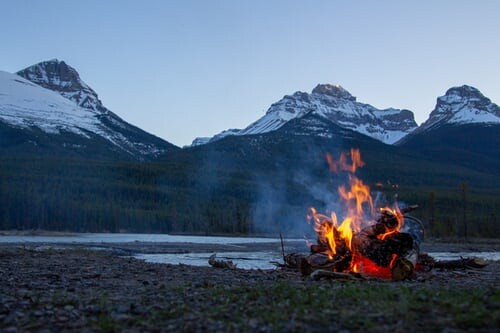
One of the hallmarks of human evolution is our learning to harness, create and control fire.
From providing warmth for comfort, all the way to facilitating the creation of metal tools, fire is one of the most important items in our tool chest.
In the recent past of outdoors activities, there has been a back and forth concerning fire making/fire use. The 80’s & 90’s saw a shift in the fire attitude, leading people away from open fires to liquid fuel camping/backpacking stoves or solar oven cooking. Concerns of fire danger & eco protection were all the rage, and a boom in these types of heating and cooking methods occurred.
All of these notwithstanding, there is most definitely a place and a need for actual fire, and therefore a need for us to know and practice multiple methods for creating it.
Stick Matches
The classic method of my Boy Scout fire making days (successfully starting a fire using only one match), this is the go-to and most often thought of when people talk fire making. The only real issues with this method are strike on box vs strike anywhere (thank you to whichever safety freaks out there have made it nigh impossible to find the latter anymore) and the fact that you may at times find them difficult to keep dry.
Cigarette Lighters
We’re talking the butane style, not the USB rechargeables. I’m not saying that the USB type are not useful, but in all honesty we’re out in the woods and trying to get away from being technology dependent!
One of the really cool things about this type of fire starting source is that even if/when the fuel is expended, the roller can still be used to throw sparks.
Ferrocerium Rod
Ferrocerium (or Ferro) rods are made of metallic alloys that allow for very hot & intense sparks to be thrown using friction and oxygen. This is a very reliable fire starting method, and is pretty damn simple to learn.
Flint & Steel
Flint & steel (or fire steel) has bee na staple of woodsmen and bush travellers for a few hundred years. It takes a little time and practice, but it is definitely a good method to know.
Magnifying Lens
A small magnifying lens or glass can easily be used to start your fire, if you have the cooperation of Mother Nature. I mean, really, who didn’t nuke an ant pile pile with one of these bad boys as a kid?
A Word on Tinder…
You need to keep a “next fire” mentality. This means planning for your next fire, and having enough dry material to get it started. A couple things I do to be one step ahead is keeping char cloth handy, as well as some homemade fire extenders utilizing cotton balls and petroleum jelly.
We’d really love to hear your thoughts and ideas on this, let’s talk!
*Be sure to click on the headers for products mentioned. As an Amazon affiliate, I will receive a small commission when you buy through these links. FYI, it doesn’t cost you anything extra, but it does help fund our site.
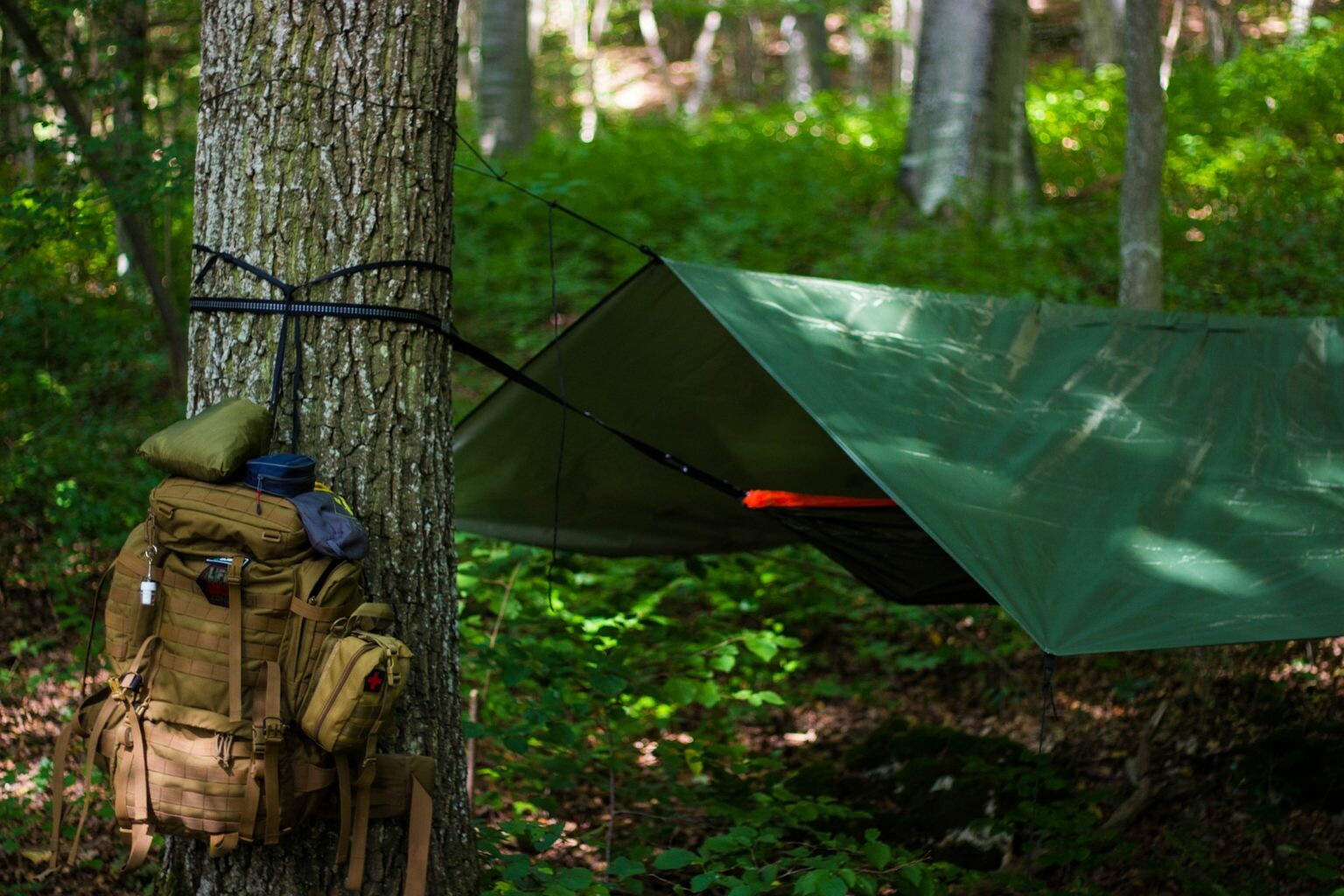
It’s pretty much a foregone conclusion that if you’re reading our stuff, you’re into this lifestyle or you’re getting ready for it. I spent my life (up until the past few years) learning a lot of this stuff through trial and error. That being the case, I decided to compile a lot into a much more easily accessible format, and share information I’ve collected and learned from others.
So, what do you need to take with you on your bushcraft excursions? The first part of the answer is determined by the purpose of the excursion (trapping, camping, etc.) and the second is more of a budgetary consideration.
THERE IS ABSOLUTELY NOTHING WRONG WITH HOMEMADE OR SECOND HAND ACQUIRED GEAR!
When I first got into Scouting, I used the BSA equipment Dad handed down to me, and I built a lot of my kit from stuff we had around the house.
Now that we have that out of the way………..
One of the best resources I’ve come across in years is the series of books (and YouTube videos) by Dave Canterbury. Links to these books are included in the blog.
Let’s begin with the 5 Cs of survivability.
- Cutting tools (knife, axe, hatchet, hawk, saw, etc)
- Cover elements (clothing, shelter material, etc)
- Combustion (multiple methods for making fire)
- Containers
- Cordage
A good knife (or 2) is an absolute must. No need for the “Rambo” survival knife, your belt knife doesn’t really need to exceed 5”-6”. Your knife will perform a multitude of tasks, from preparing material to skinning and cleaning game to carving other simple tools on your trip. The same goes for your camp axe (or tomahawk) and a folding saw.
The clothing you wear plus what extra take with you are the foundation of your cover elements. Durable clothing (wool socks, leather boots) is a must, as repairing clothing out in the woods can be difficult not to mention annoying. The whole idea of Bushcraft is to simplify & streamline, so we’re not looking at heavy or cumbersome tents and other pre-made shelters. A heavy duty tarp in conjunction with your cordage can provide an immensely effective shelt.
I recommend at least three methods for making fire. Personally, I’m a huge fan of ferro rods, followed by a butane lighter, then stick matches and lastly flint and steel. The more primitive forms of fire making are fun and a valuable skill to have, but let’s face it, when you NEED fire you really don’t want to be goofing around trying out new techniques!
You will need containers for water, and for storing/collecting food items.
Cordage is a biggie. #550 cord, tarred bank line and jute rope all have a place in my kit. #550 cord by itself can be broken down into components for fishing line, clothing repair, etc., While tarred bank line seems at times to be nearly indestructible. Jute rope is not the strongest cordage out there, but small sections of it can be fluffed out to aid in fire making.
It’s all about versatility and multi-use.
Ready to get started? Check out a few of the suggested items here.
*We will receive a small commission when you buy through the links found in our blogs. FYI, it doesn’t cost you anything extra, but it does help fund our site.
